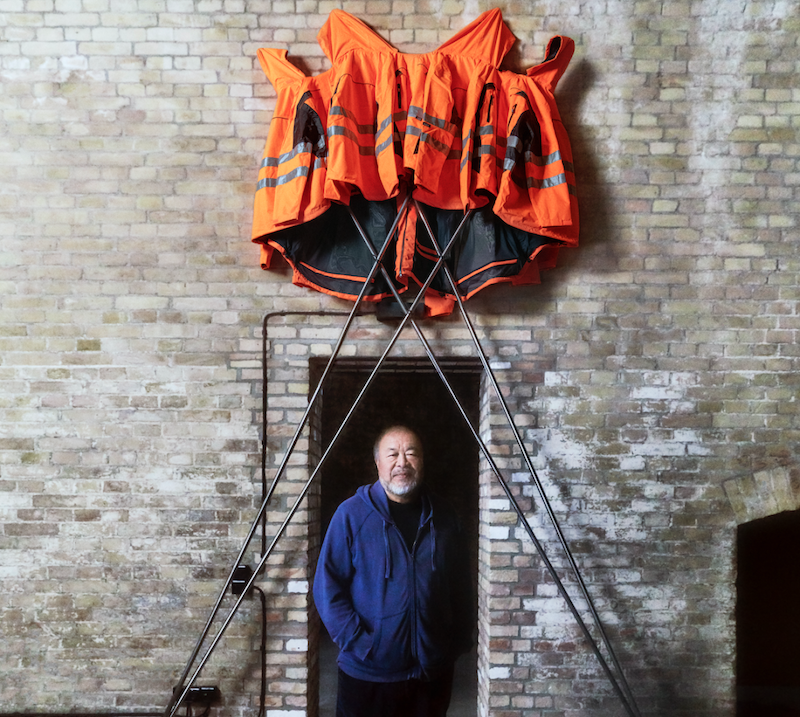News From Around the Art World: February 11, 2020


‘The Scream’ Is Fading.
“The Scream” is fading. And tiny samples of paint from the 1910 version of Edvard Munch’s famous image of angst have been under the X-ray, the laser beam and even a high-powered electron microscope, as scientists have used cutting-edge technology to try to figure out why portions of the canvas that were a brilliant orangeish-yellow are now an ivory white.
By Sophie Haigney, New York Times

Critic Shatters Artwork at Zona Maco Art Fair in Mexico City
Don’t call it a smashing success. On Saturday at the Zona Maco art fair in Mexico City, art critic Avelina Lésper shattered a glass portion of a sculpture by Gabriel Rico. Some of the details surrounding the work’s breaking are unclear, though the damage has been done: photographs of the sculpture after Lésper visited the booth show shards all over the booth’s floor.
A representative for OMR, the Mexico City gallery that brought the work to the fair, told ARTnews that the shattering occurred after Lésper attempted to place a Coca-Cola can on Rico’s piece.
By Alex Greenberger, ARTnews

Ai Weiwei Is Selling a DIY Artwork That You Can Buy Right off the Shelf
The Chinese artist and activist Ai Weiwei and a German home improvement store have collaborated on a work of art aimed at the mass market. Ai and the Hornbach DIY chain have launched a self-assembly soft sculpture, which comes with an instruction manual and authentication certificate.
By Kate Brown, Artnet

A Small Pennsylvania Museum Just Discovered It Has Owned a Rembrandt for 70 Years Without Knowing It
For five decades, a museum in eastern Pennsylvania believed it owned a painting that was made in the studio of Rembrandt van Rijn. After sending it out for routine maintenance, they learned that the 388-year-old work was in fact made by the Dutch Golden Age artist himself.
By Taylor Dafoe, Artnet

Artist-Run Galleries Defy the Mega-Dealer Trend in Los Angeles
Small, resourceful artist-dealers are flourishing even as big galleries dominate. But along with its scrappy appeal, the model comes with some challenges.
By Jori Finkel, New York Times





